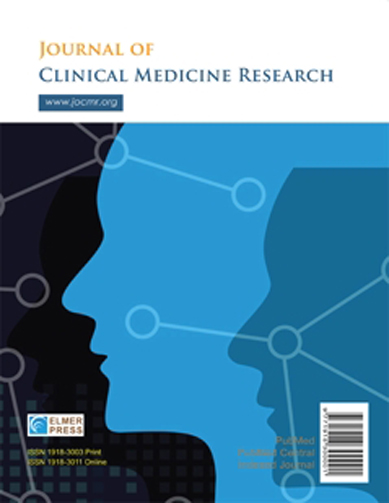Metabolomics for Distinguishing Cardiovascular Risk in Rheumatoid Arthritis Across Different Disease-Modifying Antirheumatic Drug Therapies
DOI:
https://doi.org/10.14740/jocmr6145Keywords:
Metabolomics, RA, Cardiovascular risk, DMARDs, Disease activityAbstract
Background: Rheumatoid arthritis (RA) significantly increases the overall risk of cardiovascular disease (CVD). In addition to conventional risk factors, the inflammatory activity of the disease itself and medications that promote atherosclerosis contribute to an even greater risk. In this study, we performed metabolomic analysis in RA patients, both on and off disease-modifying anti-rheumatic drug (DMARD) therapy, with the aim of identifying new candidates for more sophisticated cardiovascular risk (CVR) assessment.
Methods: This is an observational, cross-sectional investigation that included patients with established RA. DMARD therapy, if prescribed, consisted of methotrexate (MTX) alone or in combination with other conventional disease-modifying anti-rheumatic drugs (cDMARDs) or biologic disease-modifying anti-rheumatic drugs (bDMARDs), or other cDMARDs or bDMARDs without MTX, respectively. Metabolomic profiling was conducted using a Bruker AVANCE NEO 600 MHz nuclear magnetic resonance (NMR) spectrometer. The spectra obtained were Fourier transformed using TopSpin software (version 4.0, Bruker Biospin, Germany). All spectra were automatically phased and subjected to baseline correction. Subsequently, the spectra were analyzed using the proprietary Profiler software (version 1.4_Blood, lifespin GmbH, Germany), and a quantitative metabolite list was generated.
Results: In total, 200 patients were included in the study, 54 subjects were not receiving any DMARDs (n = 47 untreated at the time of inclusion, n = 7 with established disease but not receiving DMARD therapy), and 146 were receiving DMARD treatment. No metabolic differences were found in relation to drug therapy or RA activity. The following CVR factors were associated with significant metabolic abnormalities: distress, arterial hypertension, diabetes mellitus and an average higher Framingham score. Distressed individuals showed abnormalities in histidine metabolism.
Conclusions: Our findings have aided in the identification of potential surrogate markers for assessing the burden of CVD in individuals with RA. Histidine may be of particular diagnostic importance in CVR assessment in RA.

Published
Issue
Section
License
Copyright (c) 2025 The authors

This work is licensed under a Creative Commons Attribution-NonCommercial 4.0 International License.









